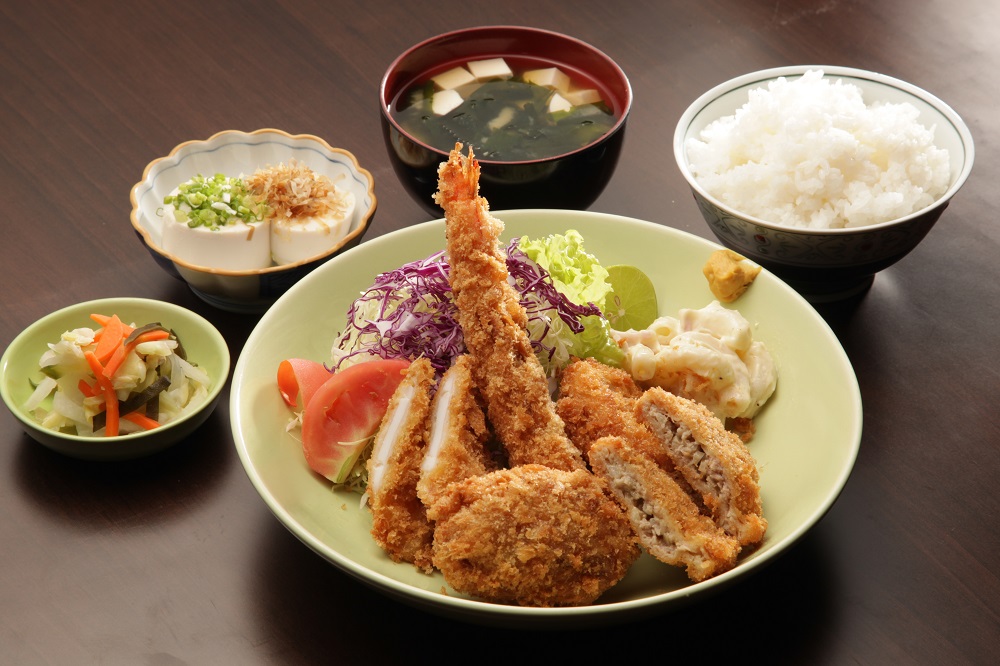Daily meals
The number of daily meals and their order vary from one culture to another. Snacking and nibbling between meals is also often commonplace. A meal has an organised structure and is based on precise rules. In the synchronic form, also called ‘service à la française’, favoured in South East Asia, all the dishes are served at the same time. With a diachronic meal, common in Europe today, dishes are served successively, in a fixed order, called ‘service à la russe’.
Meals and snacks
The idea of what constitutes meals, in terms of their number and form, is extremely relative and varies greatly from one culture to another. The most widespread custom nowadays is two or three meals a day. However, the systems are sometimes more complex and blurred by various snacks or aperitif nibbles, which may be eaten in addition to main meals. In India, for example, multiple snacking between the two main meals of the day is perfectly acceptable and integrated into daily food intake.
Lifestyles in industrialised countries, in particular among people living in towns and cities, are not always suited to the model of three meals a day. Does a midday meal eaten in a matter of minutes or a sandwich eaten on-the-go count as a meal or a snack? The distinction between them may be tenuous, however, in most cases, meals are eaten at fixed times, have a more organised structure and a specific type of dish. In France or in Italy, for example, a meal is accompanied by wine, comprises dishes that are more copious and more complex than a snack, and the hot and cold, savoury and sweet dishes are served in a set order.
How meals are structured
There are specific rules governing the structure and form of a meal. A meal is inseparable from the way in which it is served. Ethnologists distinguish two forms. In the synchronic form, all dishes are served at the same time. In Japan, guests are served simultaneously with several dishes of different colours and textures, such as rice, soup, salt-pickled vegetables and fish for example, all on an individual tray. In fact, TV dinners, now so common in the West, are based on this same principle. In Vietnam, several dishes are placed together at the centre of the table and everyone helps themselves.
In the diachronic form, dishes are served successively, following a fixed order. This is the case of the traditional Western meal, with a starter, main course (meat or fish and a side dish of vegetables), cheese and dessert. Asian restaurants in Europe have adapted their traditional service and now serve dishes one after the other too.
The current format of Western meals is a relatively recent phenomenon. From the Middle Ages to the 19th century, meals, at least among the aristocracy, followed the service à la française model. Each meal comprised three courses or more, with each course made up of several dishes placed on the table at the same time. Despite some variations between countries, the first course consisted of soups (food cooked in a sauce) and hors d’oeuvres and was followed by a second course of a variety of roast meat and salads. A course of cold pâtés might follow, and the meal ended with a course of desserts.
The diversity of the dishes for each course was influenced by the dietary customs of the period, which recommended that people eat according to their temperament. However, in reality it was difficult to reach all the dishes as guests did not hand them around. The best were therefore placed in front of the special guests and, in reality, the meal reflected the social hierarchy.
The 19th century saw such diversity disappear, although meals became more egalitarian and accessible. The more economically efficient service à la russe became established everywhere and replaced the former service à la française. From that time onward, waiters served each dish to each guest.
Snacking made more attractive
Although snacking is often popular, it is stigmatised in the West; yet it does not have such a negative connotation everywhere. The Vietnamese call it an choi, meaning ‘eating for fun’ (an choi is pronounced like ‘enjoy’), and their extremely varied street food plays an important part in it. Likewise, the Chinese enjoy eating a wide range of their preferred snacks between meals, including confectionery, fried food, and vegetable, meat or tofu kebabs.
Flandrin, Jean-Louis et Cobbi, Jane. 1999. Tables d'hier, tables d'ailleurs. Paris : Éditions Odile Jacob, 1999.
Poulain, Jean-Pierre. 2012. Dimensions de l'espace social alimentaire. Dictionnaire des cultures alimentaires. Paris : PUF, 2012, pp. 357-382.
Rohrer, Denis. 2007. Couverts découverts. Vevey : Alimentarium, 2007.
Rowley, Anthony. 1994. À table! La fête gastronomique. Paris : Gallimard, 1994.




